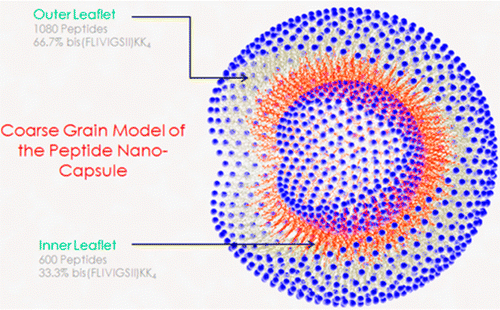I have been devoting a lot of my blog lately to international affairs and problems with nuclear reactors. While there are important economic, political, public health and environmental issues involving nuclear power, there is another use of nuclear materials that is much more personal. I am talking about the use of radioactive isotopes in treating cancer. Today I am going to turn to some new discoveries that can improve the safety and effectiveness of medical treatments involving radioactive isotopes.
One of the treatments for cancers consists of encapsulating radioactive isotopes in molecular containers and then moving the containers to the vicinity of the tumor so the isotope can destroy cancerous tissue. Alpha particles emitted by the decay of the isotope are highly energetic and destroy the DNA and cellular machinery of the cancerous cells.
Actinium-225 is a radioactive isotope that has been tested in medical treatments for prostate cancer, bladder cancer, ovarian cancer, pancreatic cancer, melanoma and non-Hodgkin’s lymphoma, and myeloid leukemia. When an atom of Actinium-225 decays and emits alpha particles, it triggers a chain of decay products which include francium, astatine, bismuth, thallium, polonium and lead. Most of the decays involve the emission of an alpha particle. While these daughter products are toxic substances elements, the minute quantity of each does not pose a danger to human tissue.
One of the problems encountered in the medical use of radioactive isotopes such as actinium-225 that emit alpha particles is the fact that such alpha emitters generate radioactive alpha emitting "daughter" ions as is the case with actinium-225. The current targeting and containment molecules being used cannot prevent the energetic daughter ions of actinium-225 from escaping the target area being treated. Such daughter ions present a threat to healthy tissue because they too can emit alpha particles which destroy healthy tissue.
Recently a research team working with Actinium-225 made advancements in isotope containment. The scientists found two sequences of amino acids which, when combined, created a "very small, hollow nanocapsule similar to a bubble." Prior to this discovery, the capsules created to hold the isotope were less stable than the new capsules and tend to breakdown and release their contents outside of the targeted area. The new capsules are very stable and are not broken down by the clearance systems in human cells. They enter diseased cells and migrate to the area around the nucleus, causing maximum damage to the DNA.
When the Actinium-225 decays and produces daughter isotopes, the daughters bounce off the walls of the capsule and do not escape to endanger healthy tissue. This is a great improvement over the unreliable capsules that are currently in use. The new capsules are easy to create and to work with. This research marks a major advance in the utilization of actinium-225 to treat cancer. Actinium has been in short supply recently so the U.S. Department of Energy's Idaho National Laboratory has developed the Medical Actinium for Therapeutic Treatment technology for the purpose of increasing the production of actinium-225 one hundredfold.
Amino acid capsule for delivering actinium-225:
